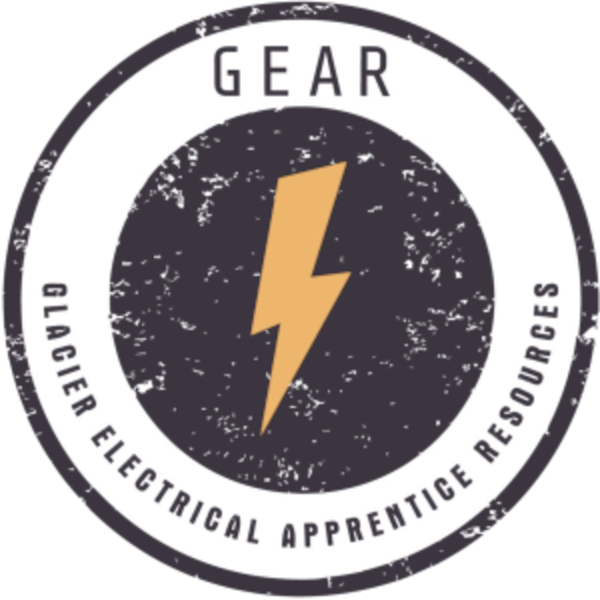In the realm of electrical power systems, terms like single-phase and three-phase are commonly heard and understood. However, there’s another lesser-known configuration that sometimes raises eyebrows: two-phase power. In this blog post, we’ll delve into what two-phase power really is, how it differs from single-phase and three-phase systems, and its applications in the world of electrical engineering.
What is Two-Phase Power?
Two-phase power is a type of electrical power distribution system that utilizes two alternating currents (AC) with a phase difference of 90 degrees between them. Unlike single-phase power, which consists of a single sinusoidal voltage waveform, and three-phase power, which comprises three sinusoidal voltage waveforms spaced equally apart, two-phase power involves two sinusoidal voltage waveforms with a quarter-cycle phase difference.
How Does Two-Phase Power Work?
In a two-phase power system, the voltage waveforms are typically labeled as “A” and “B.” The two phases are 90 degrees out of phase with each other, meaning that as one waveform reaches its peak, the other is at its zero-crossing point. This configuration allows for continuous and smooth power delivery, with the combined output providing a more balanced load distribution compared to single-phase power.
Applications of Two-Phase Power:
- Historical Significance: Two-phase power was historically used in early electrical systems, predating the widespread adoption of three-phase power. It was commonly utilized in early industrial applications, including early electric motors and machinery.
- Transmission Lines: While less common today, two-phase power was once used in transmission lines for long-distance power transmission. However, it has largely been replaced by three-phase systems due to their superior efficiency and performance.
- Specialized Applications: In some niche applications, such as certain types of electric motors and alternating current (AC) systems with specific requirements, two-phase power may still be utilized due to its unique characteristics and compatibility.
Conclusion:
In summary, two-phase power is a unique configuration of electrical power distribution that utilizes two alternating currents with a 90-degree phase difference. Although less common than single-phase and three-phase systems, two-phase power has historical significance and niche applications where its characteristics are advantageous. Understanding the basics of two-phase power can provide valuable insights into the evolution of electrical systems and the diversity of power distribution methods employed in various industries. While it may not be as prevalent as other power systems today, two-phase power remains an intriguing aspect of electrical engineering history and technology.
